I spent a while stewing about whether I needed to have a prime lens on one camera body when shooting weddings after I shot the last wedding with an 18-140mm and a 70-300mm VR lens and it went really well. I mean when you do a search there are always all these reviews on prime lenses and how good they are, and essential to some people, for portrait shots. I wondered about the idea of using my new 16-80VR on one body while keeping a 50mm f1.8G on the other body [shooting with two D7200’s] so that the prime would add that little extra when I do portrait shots. It’s one thing though to read reviews that are all done using one lens but its another thing to be able to speak from experience, which is why I always like to do tests and see actual comparisons. If I were to give people advice I’d want to be 100% certain as to why I advise a certain approach to a shoot.
I had the Nikon 50mm f1.8G on my old D5200, the 16-80mm VR on a D7200, and the 70-300mm VR on the other D7200, all on aperture priority. Now there will be slight variations when shooting in straight aperture priority but I wasn’t about to go fully manual because it was a ‘patchy cloudy’ day with slight changes in the lighting. All of the shots are “sooc” or “straight out of camera” with no fancy tweaking, converted from NEF to jpeg in NX-D.
My model “Iris” is part Borg, she still hasn’t had all her implants successfully removed.
I started with the 50mm and here are the photos. I stopped at f3.5 because that is what the 16-80mm starts at, at the 50mm mark.

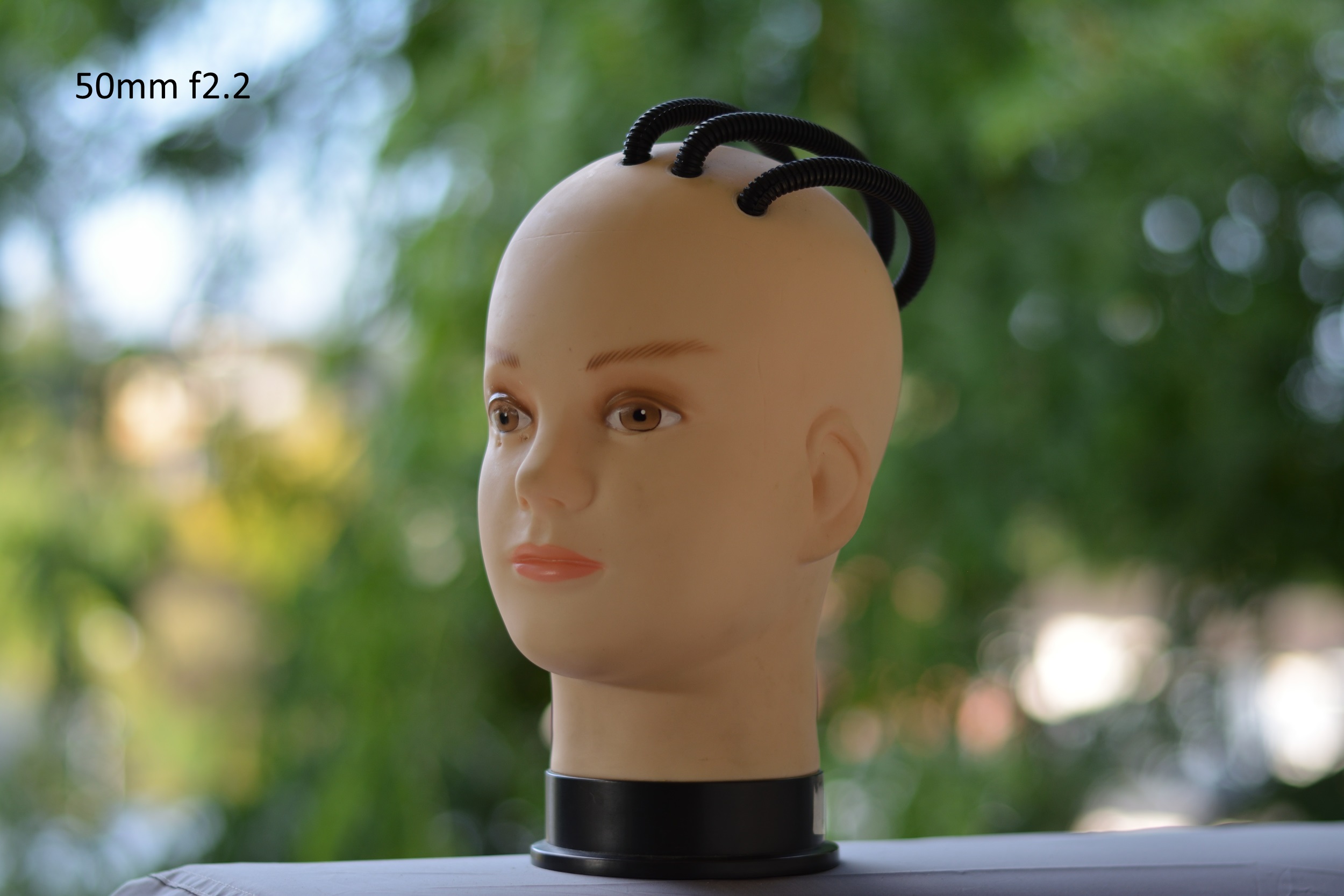
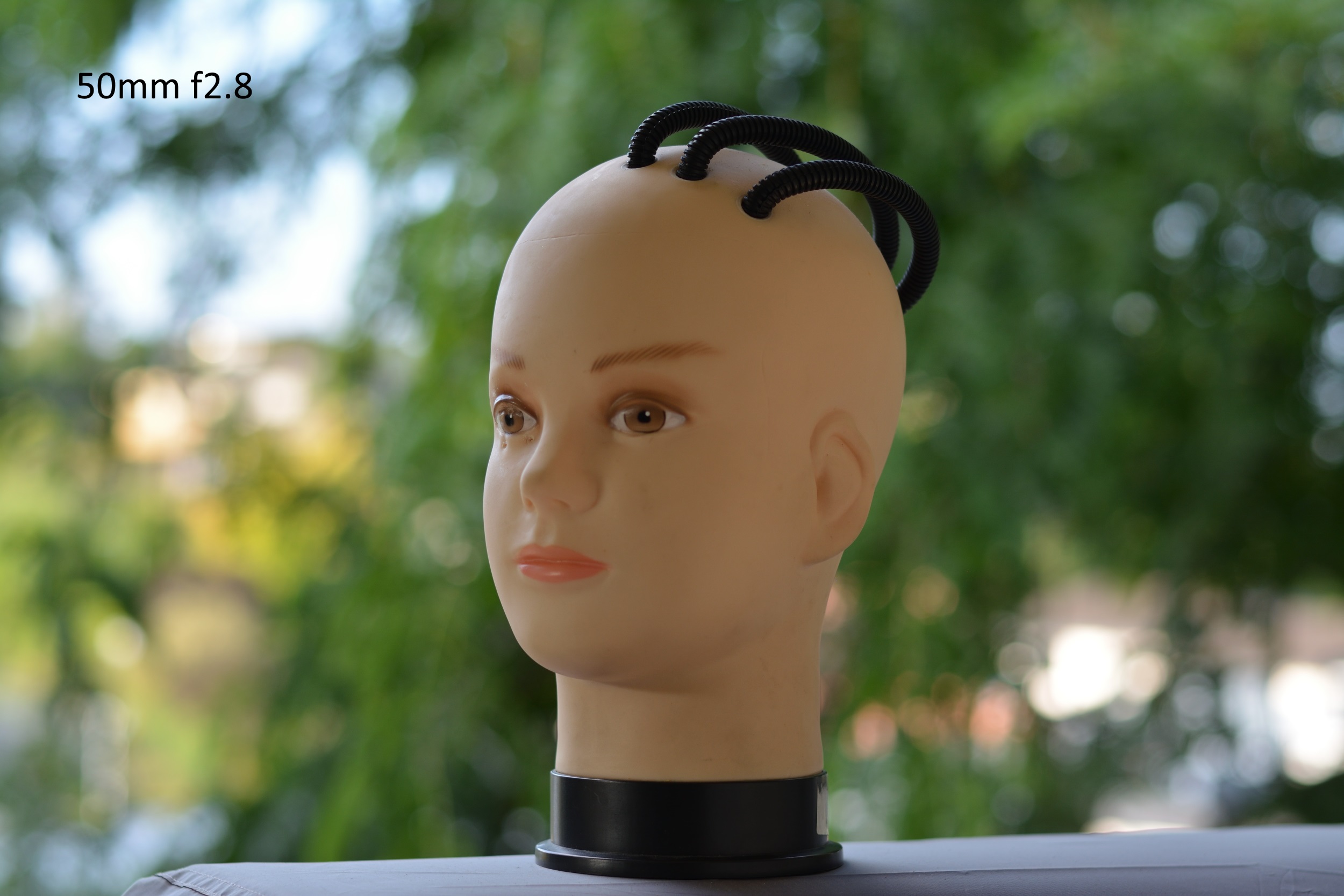

Then the 16-80mm lens. I went straight to 50mm to “see what I’m missing by only being able to go to f3.5”. After that I took a step backwards and took a shot at 80mm f4. Not bad, I prefer 80mm to any of the 50mm shots. At 50mm with dx if the subject and I were to both extend our arms our fingers would touch which is a little close for comfort to me for portraits, which I imagine is why most people say that 50mm on dx is good for 3/4 portraits [rather than head-shots] where you can stand at a mutually comfortable distance and take ‘waist upwards’ pictures without making your subject feel uncomfortable.
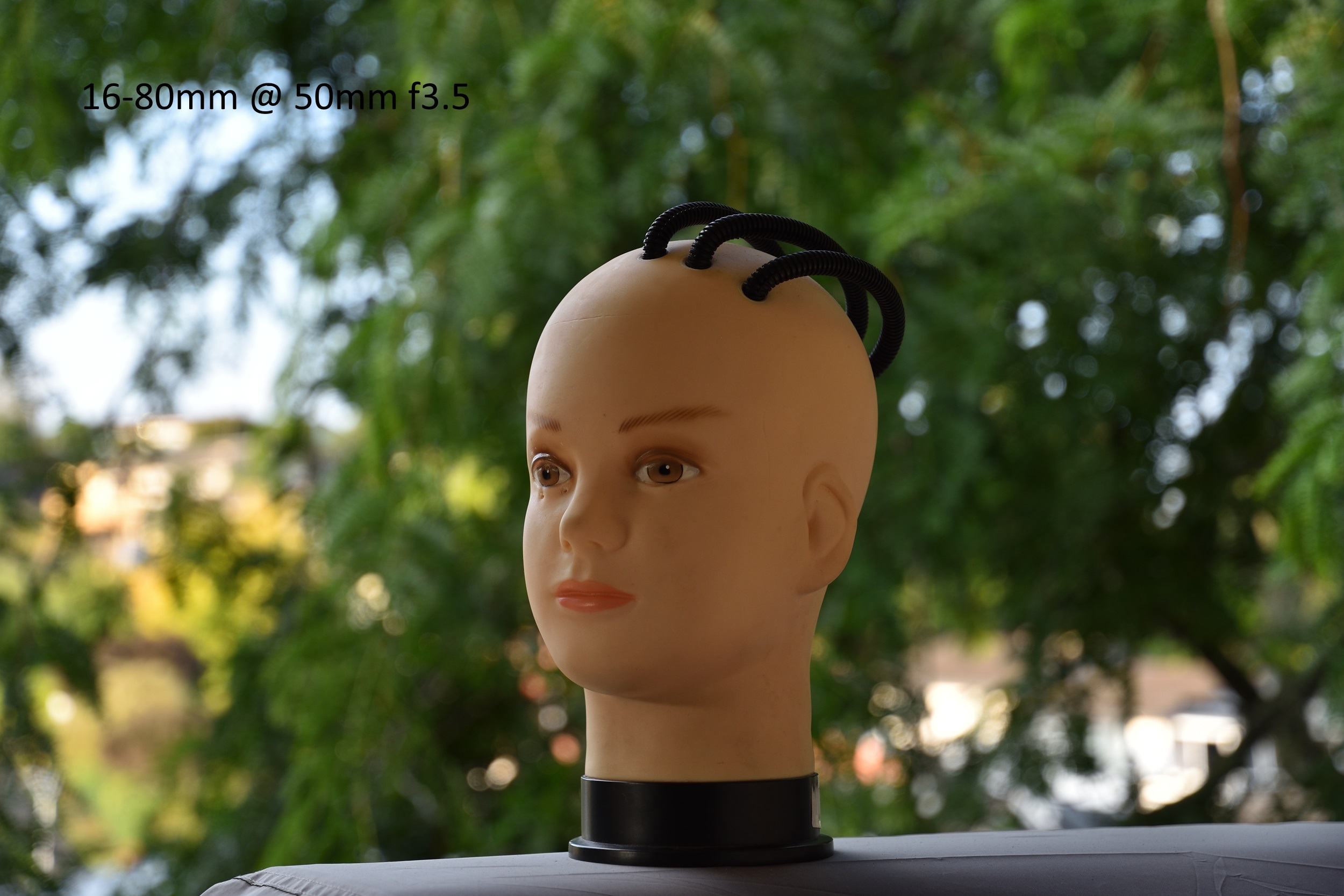

I may be only one of a very limited number of photographers on earth who doesn’t like ‘tons of bokeh’ in the image at the expense of a soft subject. I don’t like it when the eyes are perfectly clear while the ears are out of focus except in a very limited number of creative images. There does tend to be some sort of mindset among a percentage of photographers that “since more expensive lenses can create more background blur it can be reasonably concluded that the more blurry your background the better your image will be”, after all, “it was taken with a very expensive lens!”. I very much like the cinematic look - in the movies you will notice that most of the time the background is pretty out of focus while the subject is totally crisp and in focus, often due to green-screen editing. But while doing these tests I noticed that the longer the lens you use, the more the resulting image is like that, clear subject, blurred background. If your lens has a distance scale you will see why. If you are focused on 0.8m then anything at 0.6m is way out of focus at f1.8, but when you are focused at 10m [on the 70-300] then infinity is not far off, meaning that more is in focus when you stand further away from your subject. Let’s look at the results from the 70-300mm lens keeping in mind that the background would change quite a bit as I moved further away to keep the subject the same size
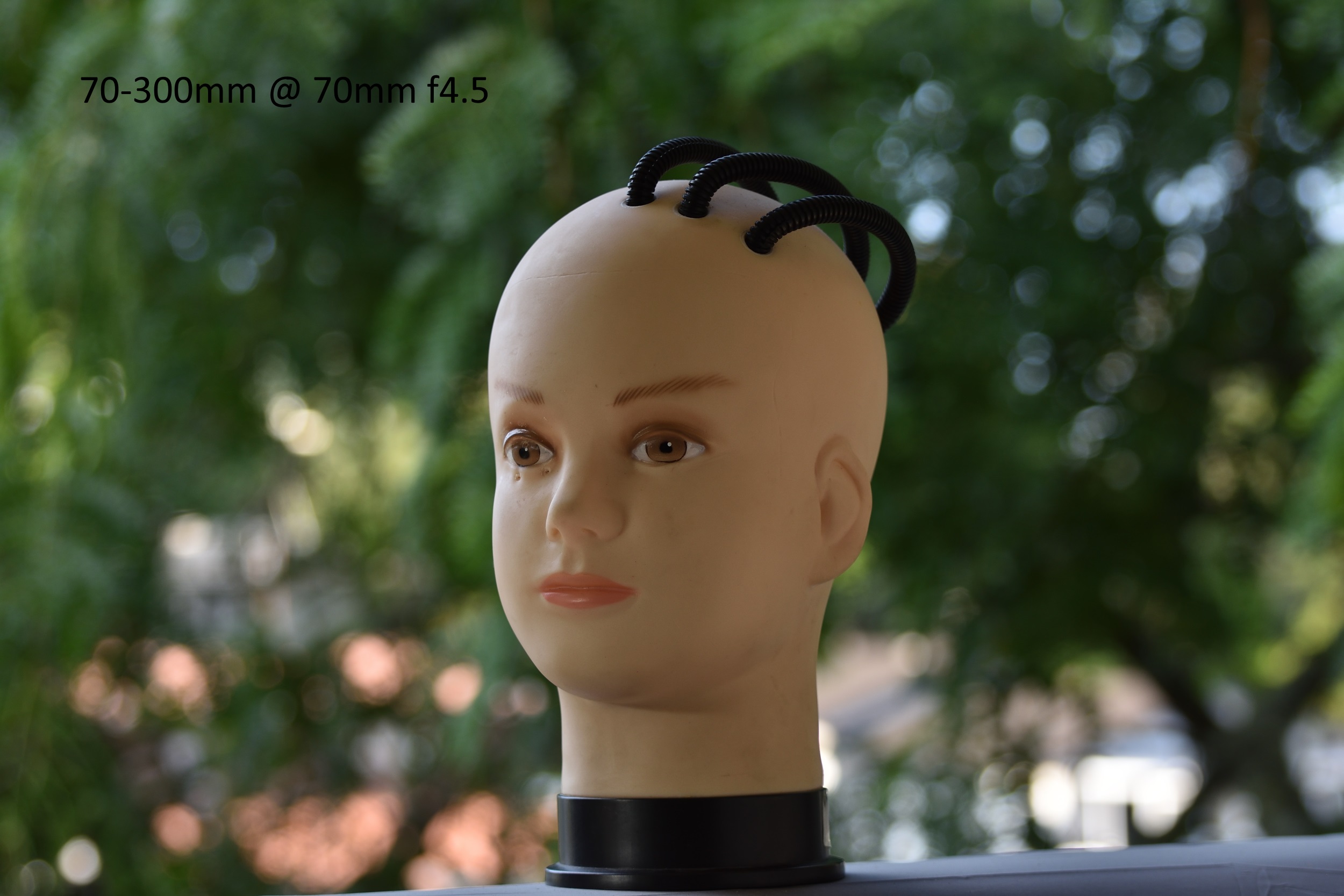
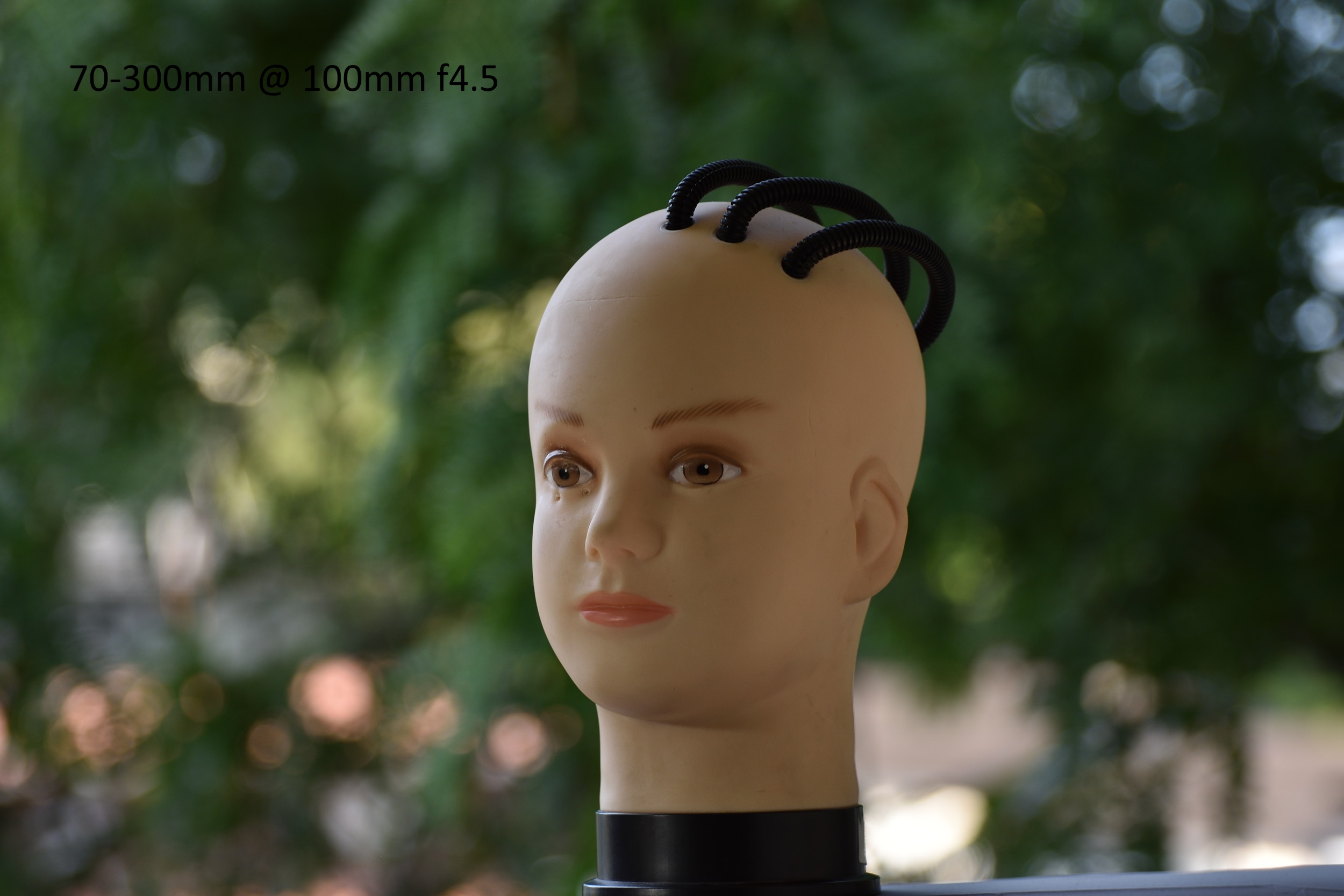
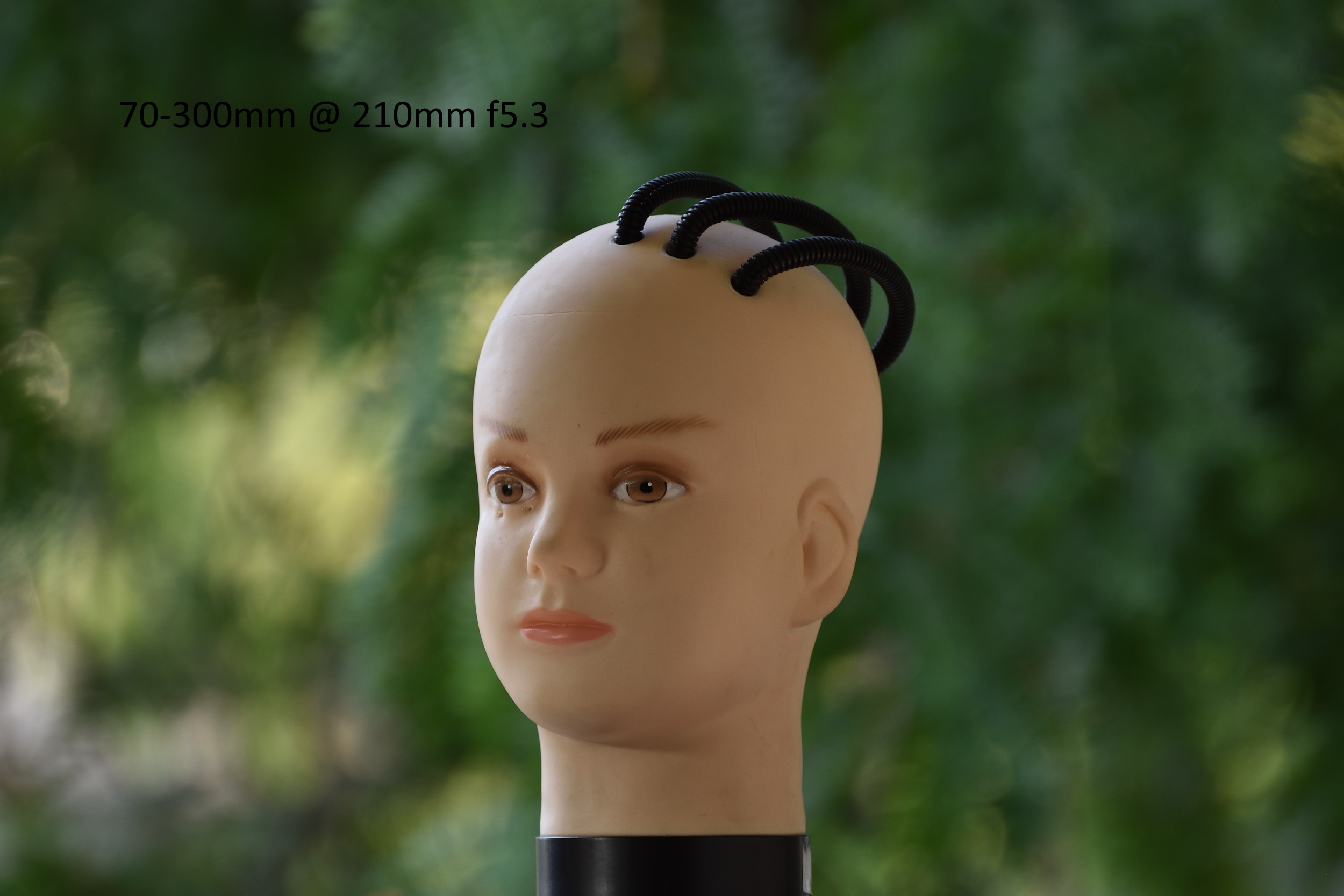
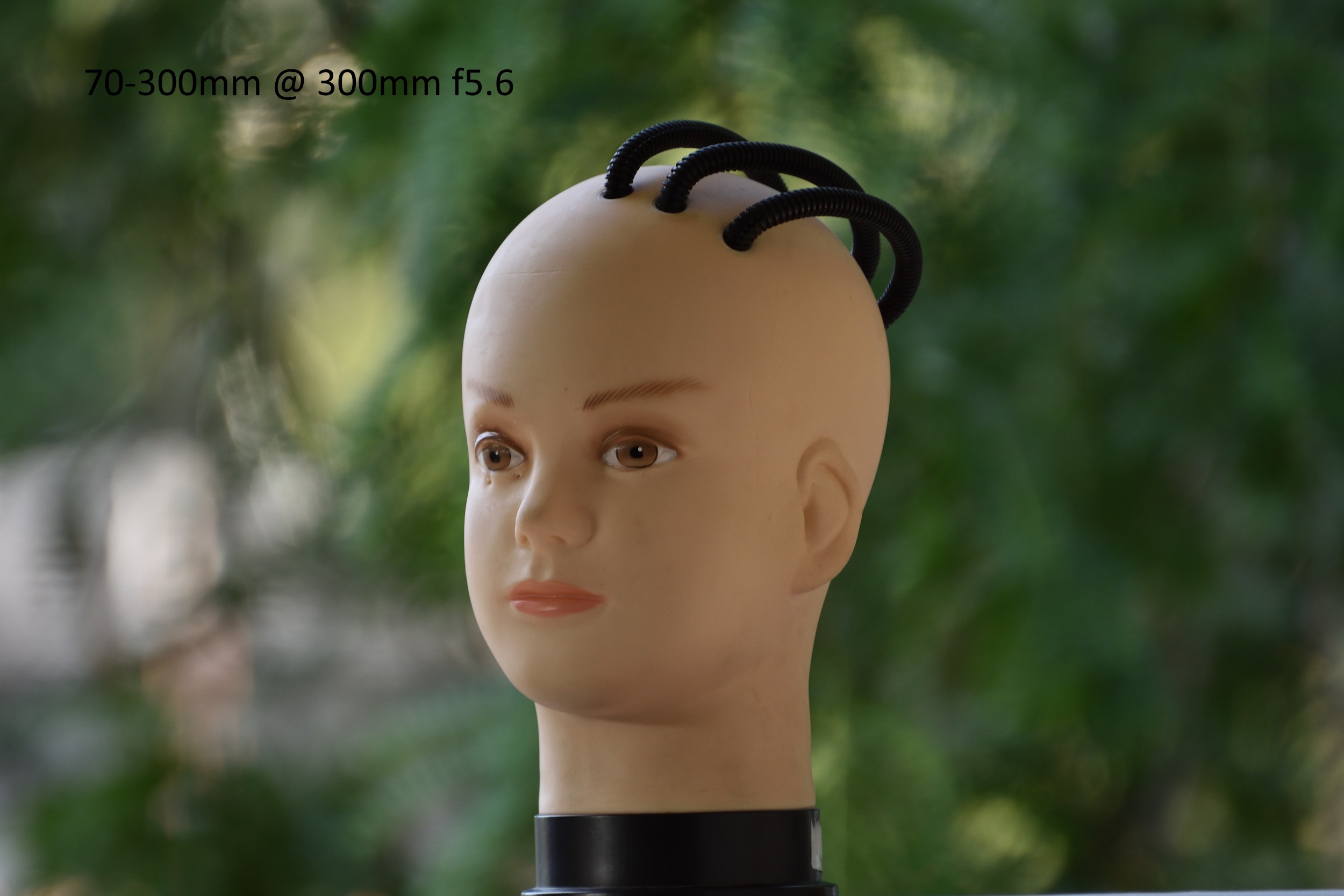
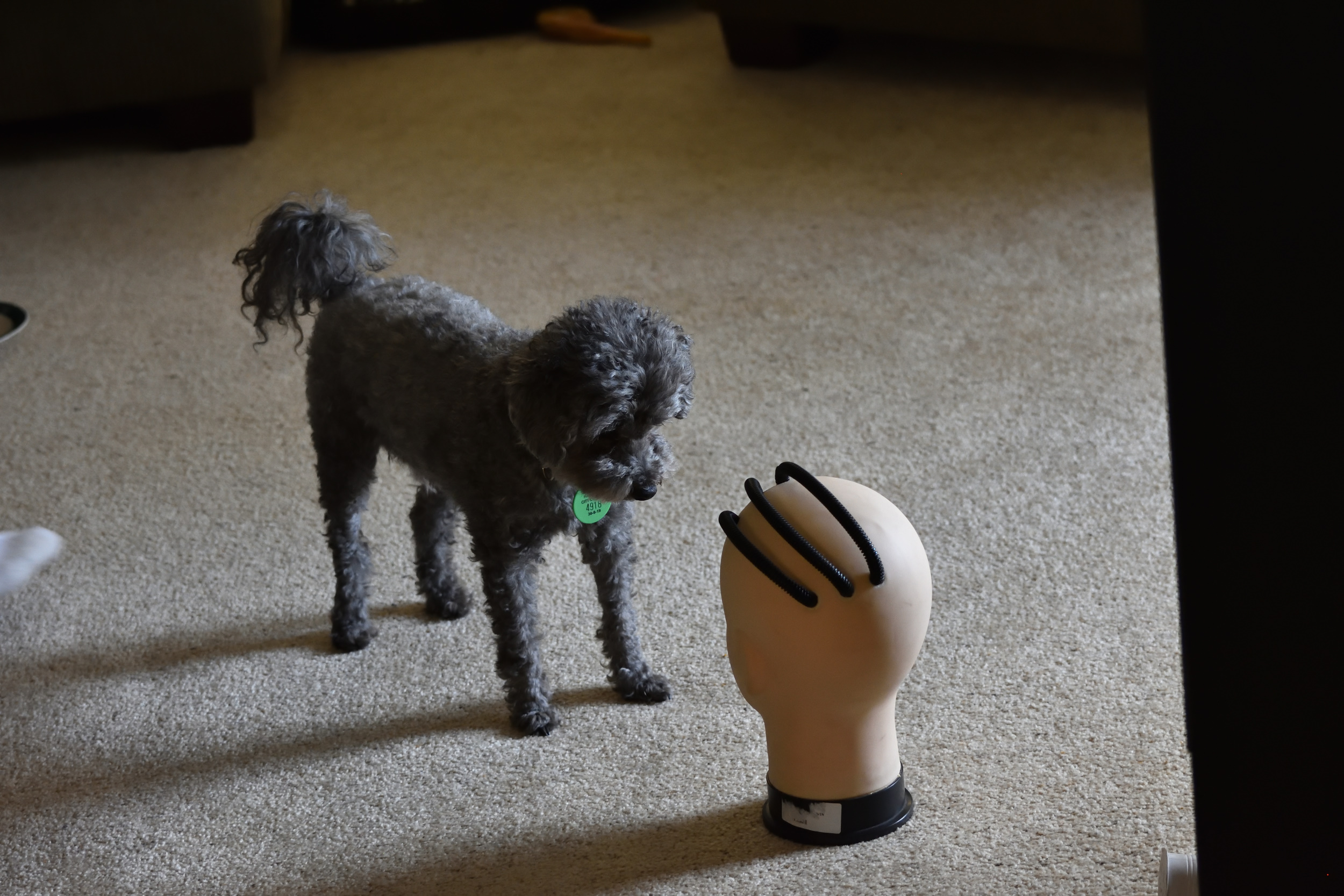
I had done some tests previously in different light and will add them to show what I mean about blur on the subject. The pasted settings look a little small but you can easily tell the ‘creamy background’ in the f1.8 shot but look at the ‘hair/Borg-implants’ at the back which is quite well lit - all out of focus, I actually prefer the f5.6 shot due to the detail in the subject. As mentioned previously, I’m one of those weird photographers that likes to present detailed photos to my customers as opposed to “creamy background” artworks. It’s just that I’ve heard people complaining that their photographer made the background in their wedding photos “all blurry” when “my cellphone takes better pictures than that!”. I fully understand the occasional ‘artsy’ shot but have read many times on the forums “people like to look at artsy photos, but they don’t buy prints of them!”. For wedding photography I prefer the photojournalists “f8 and be there” principle - if you don’t have the time to get creative, at least capture the scene, that’s why they hired you, to capture memories of their big day - being ‘artsy’ comes second. After seeing the 16-80mm at 80mm f4 I’ve decided I won’t be using a 50mm f1.8G unless the lighting gets really bad and I have no choice.
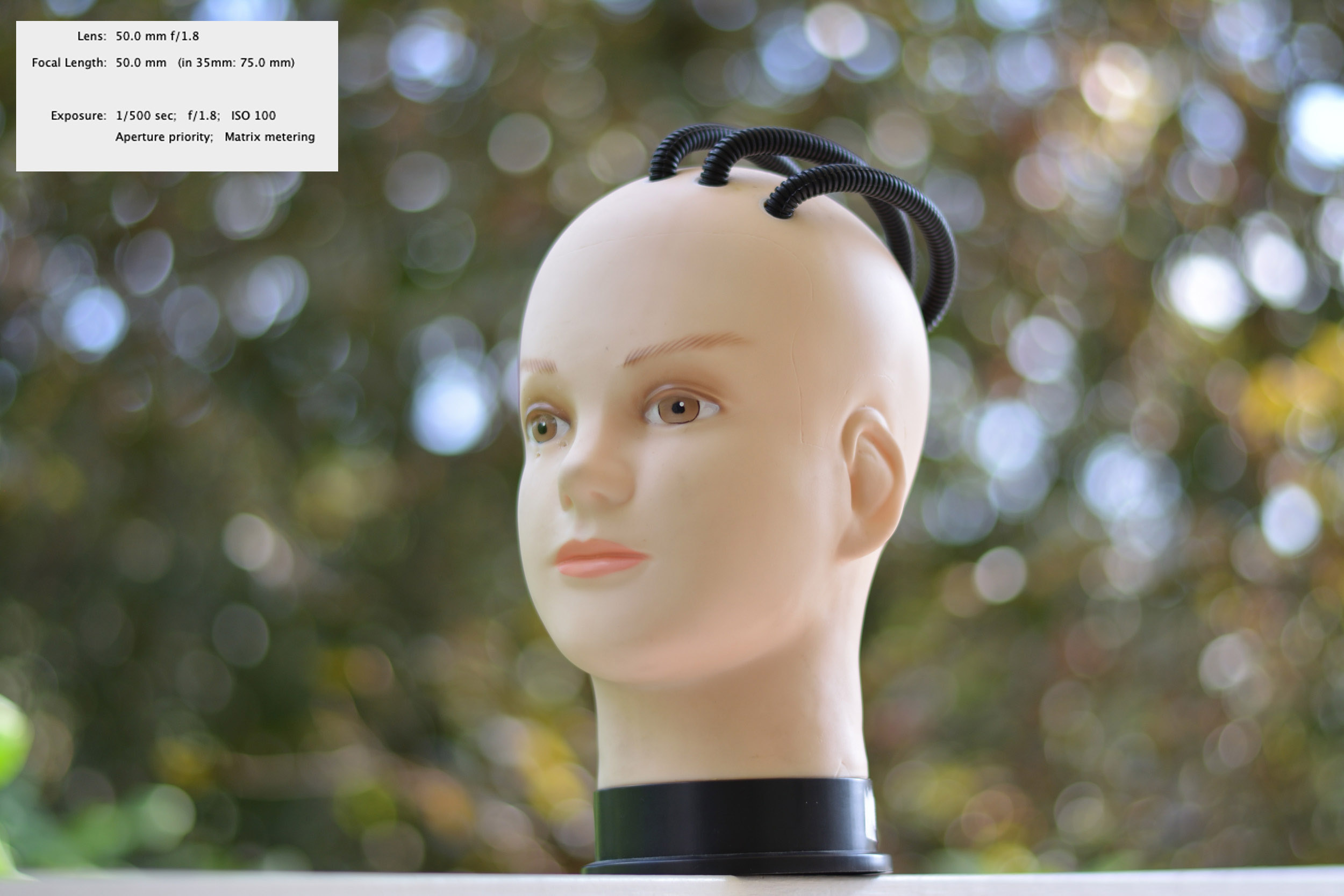

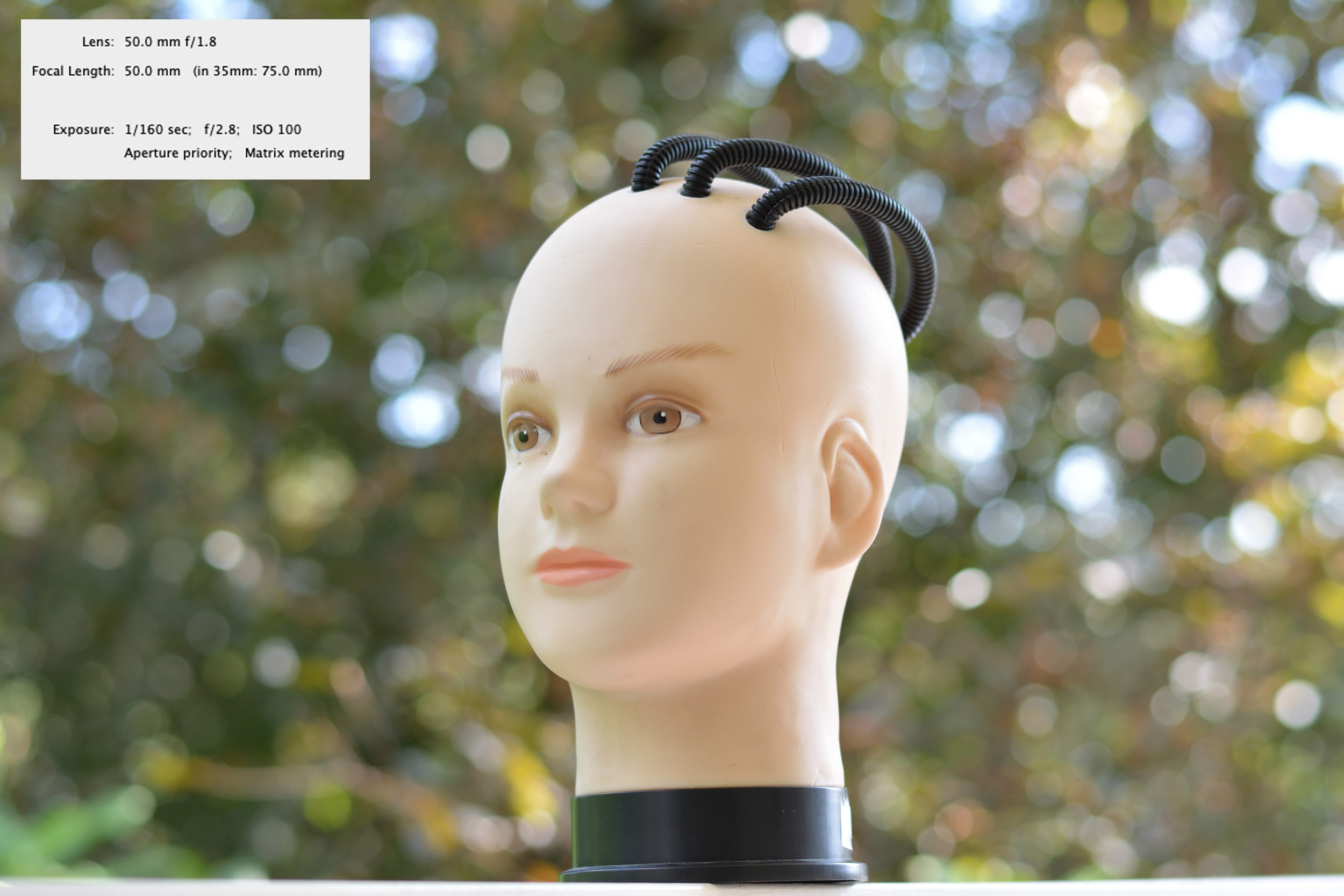
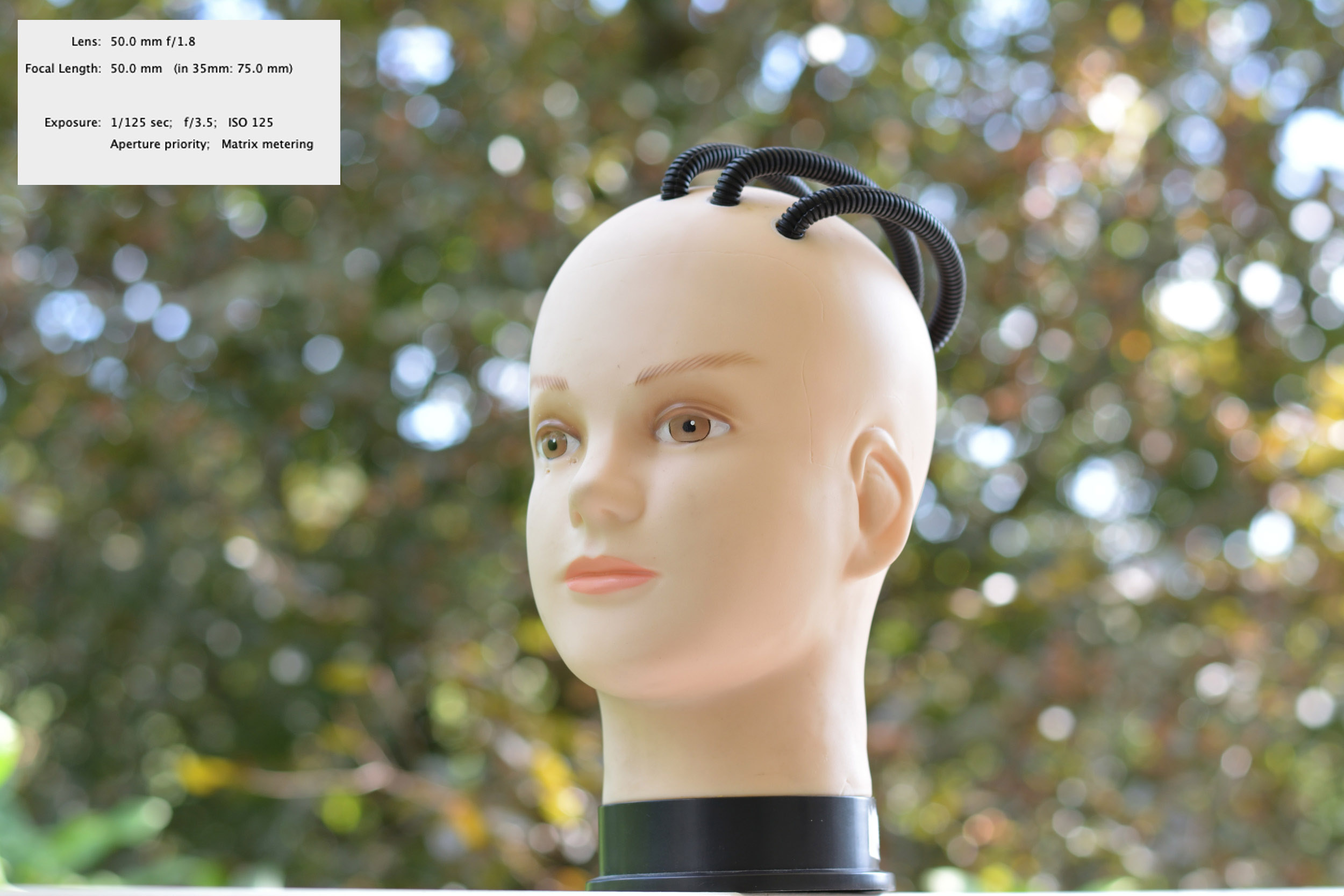
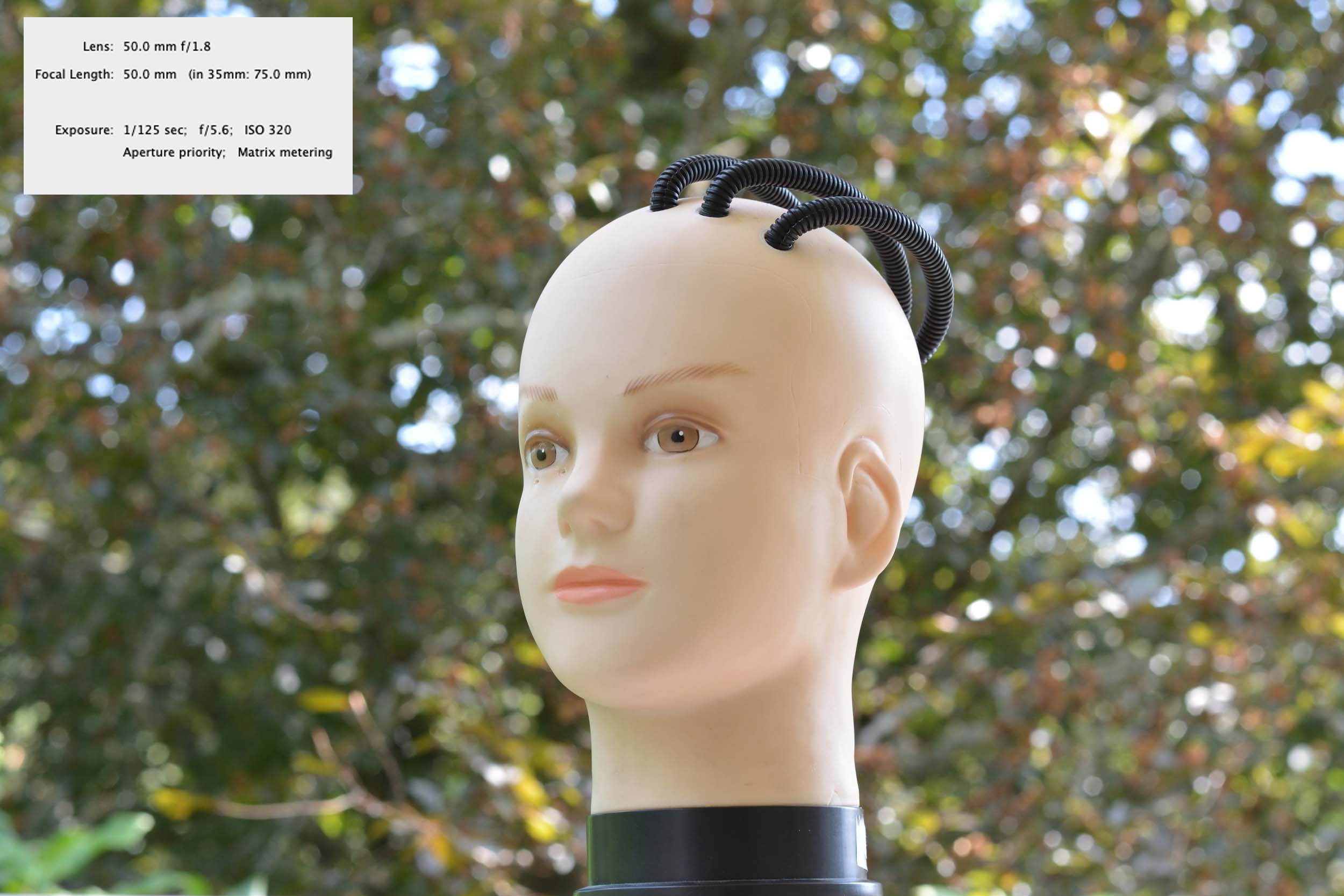
I’m not saying here that the 50mm f1.8G is not a good choice for shooting weddings on dx or fx, just that personally it doesn’t suit my style. After cleaning up my gear I realized that regardless of what lens I use, Piggy doesn’t like the Borg model.
I recently received an older 80-200mm f2.8 push-pull lens and decide to try it out in the same situation. Many people seem to think that once you have an f2.8 zoom you are sorted for just about any situation. Realistically it’s one stop faster than the 70-300mm VR at the wide and and about 1 1/2 stops faster at 200mm. But of course the 70-300mm goes that much further than 200mm which is great for outdoor weddings. Then there is the VR on the 70-300mm which Nikon claims gives you 4 stops extra sharpness. In other words instead of having to shoot at 1/500th sec at 300mm you can shoot at 1/30th sec without seeing lens shake…. “in theory”. After taking several shots starting from f2.8 I decided that the photo I liked most was taken at f5.6.
The pictures I took from f2.8 we’re ‘iffy’ because when you have such a thin field ‘in focus’ the slightest backward or forward movement , or lens shake, results in a soft image. Of course this will depend on other factors like af abilities of the particular camera you are using. As mentioned previously I’m not into ‘ears out of focus’ headshots. Of course this doesn’t happen as much with longer lenses due to the depth of field as you get further from a subject but realistically, if I have to shoot at f5.6 for the results I want then I’d rather use the 70-300mm VR which will give me a two stop advantage over the 80-200mm with no VR. The 80-200 has a two stop advantage in light gathering at the longest end but the 4 stops of VR cancels that out and adds a two stop advantage to the 70-300mm. Of course this brings us back to the argument that the answer then, is a 70-200mm f2.8 VR lens… IF you’re ok with lugging that weight around all day.



